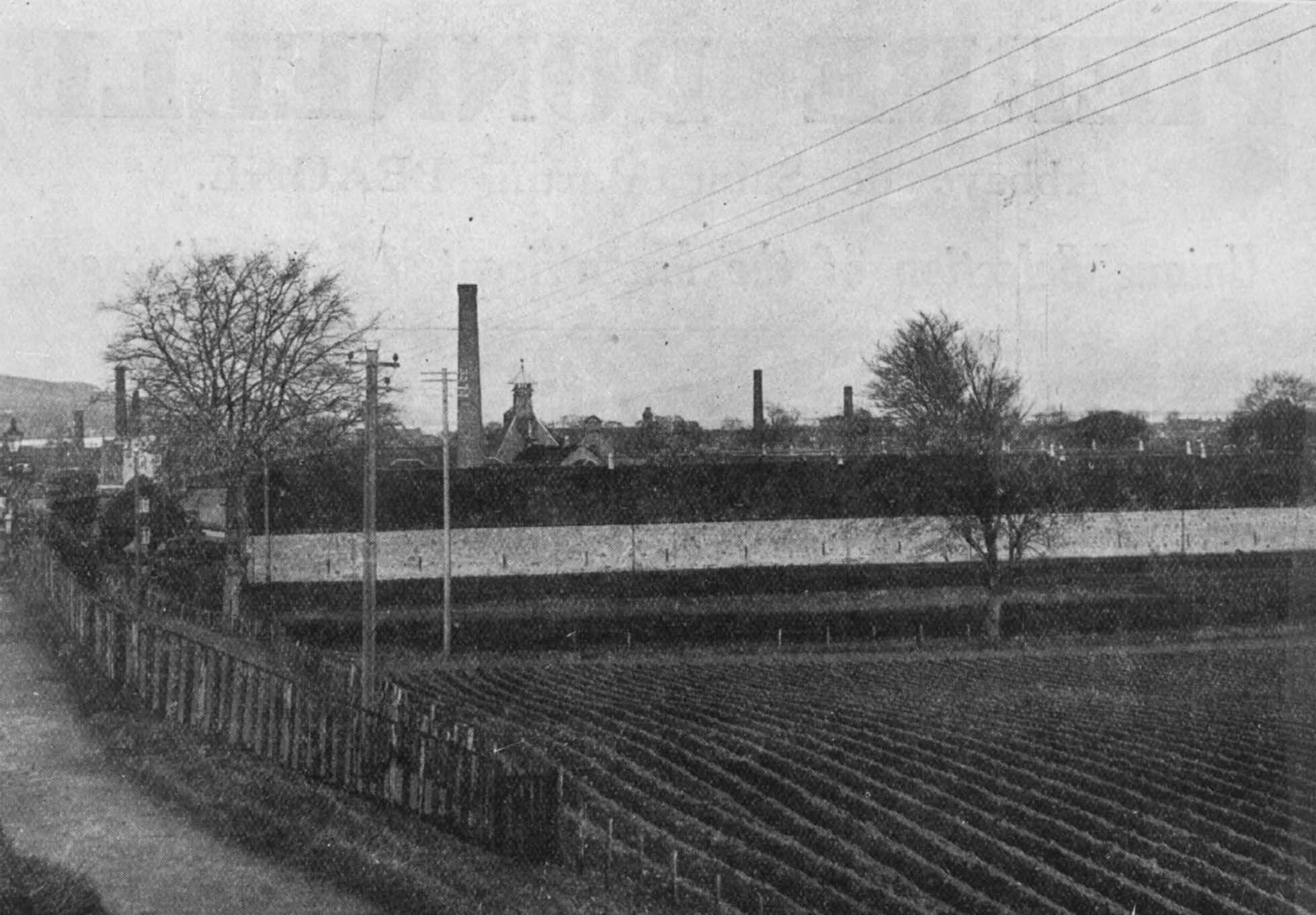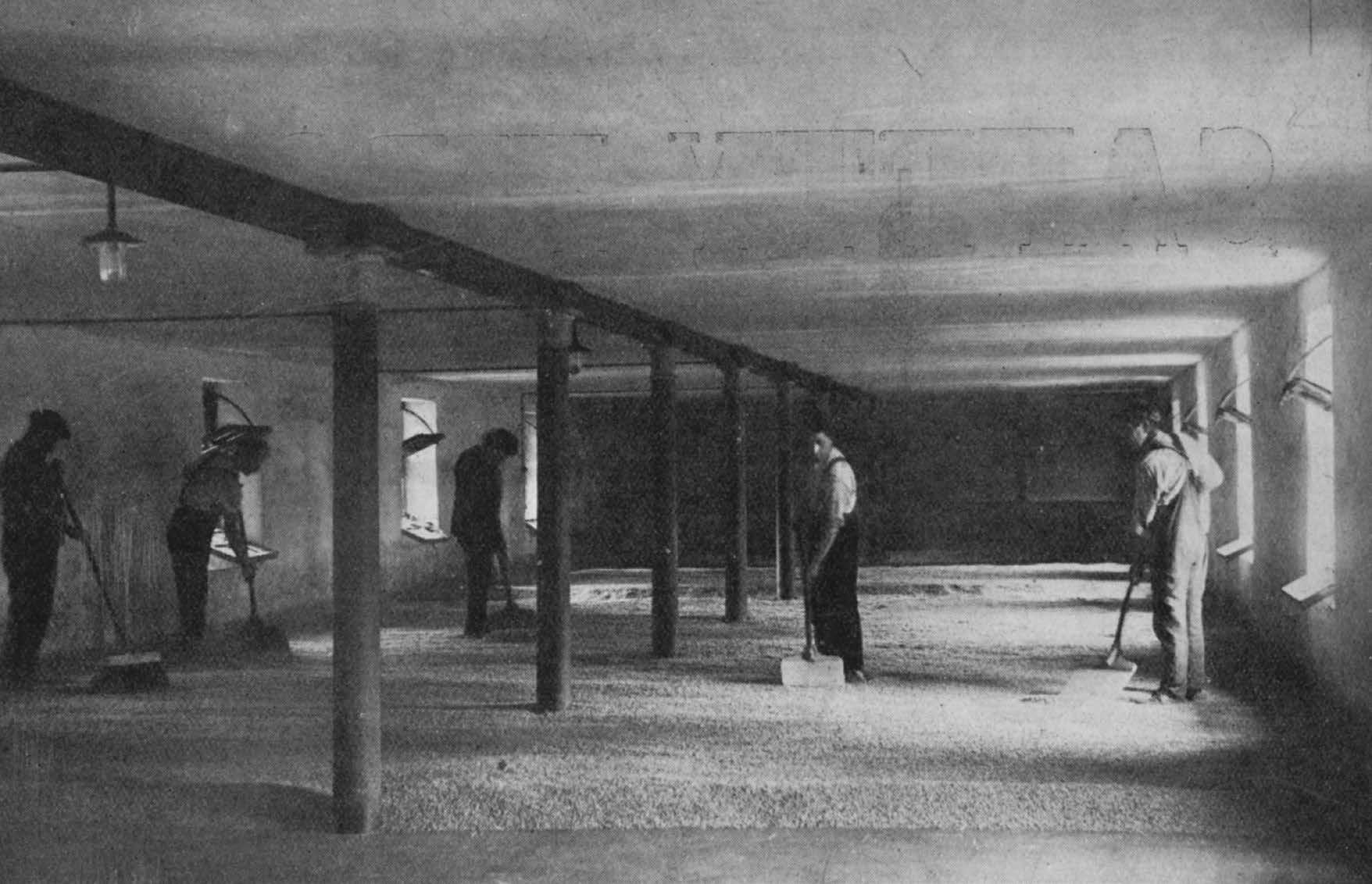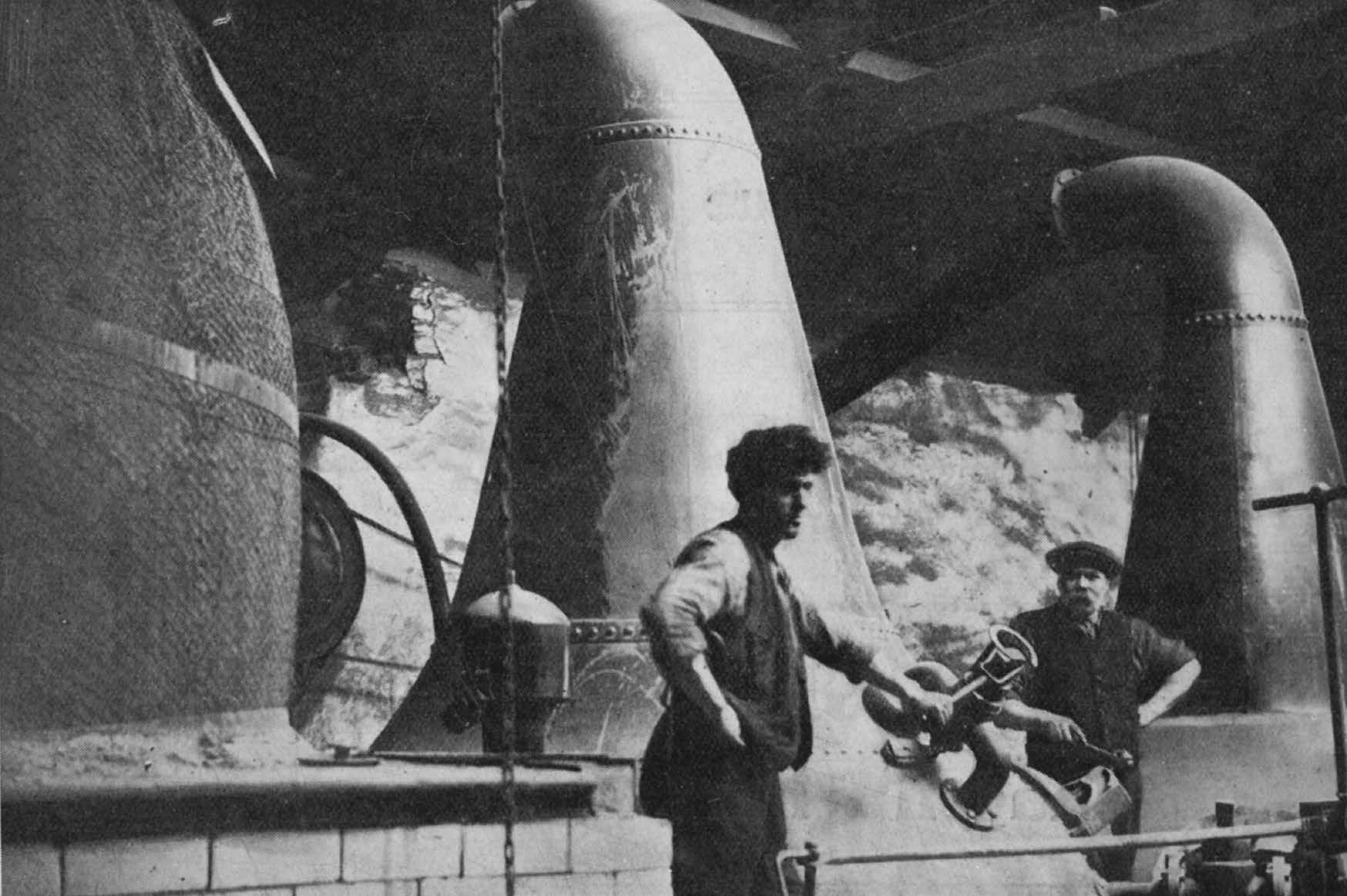LXI
Glen Mhor Distillery, Inverness
November 14th, 1924
A hundred years ago Inverness was one of the chief smuggling centres of the Scottish Highlands; to-day, although the town boasts of only three distilleries, the manufacture of Highland Malt Whisky is the principal industry.
Known as the capital of the Highlands, Inverness lies on the banks of the river Ness in a sheltered plain near the meeting of the Moray and Beauly firths. The town is steeped in ancient memories of bitter wars between England and Scotland, and savage feuds between the Highland clans. As far back as the sixth century, Inverness was the acknowledged capital of the kingdom of the Picts, and it appears to have been the destination of St. Columba when he left Iona and travelled northward with the pious but unpractical intention of converting the wild painted barbarians of this region to Christianity. On rising ground eastward of the town stood the castle where Duncan was murdered by Macbeth. Later Malcolm Canmore destroyed this castle, and erected in its place another on the site of the present country buildings, which remained for many years a royal fortress, and figured in the wars against Edward the First and in the contests between the Crown and the Lord of the Isles.
Five miles from Inverness is the famous battlefield of Culloden or Drummossie Moor, where on April 16th, 1746, Prince Charles Edward (whom the Scots have immortalised under the romantic name “Bonnie Prince Charlie”) and five thousand men, ill-clad, ill-fed, and poorly armed were routed by an English force nearly nine thousand strong under the Duke of Cumberland. It is said that “Prince Charlie” chose this barren moor on the advice of certain French officers and against the counsel of the Highland chiefs. A brief survey of the country around Culloden Moor reveals to this day the stupidity of that decision. If the sturdy Highlanders had placed themselves in the neighbouring hills, where the English artillery would have been almost ineffective, history might have had a different tale to tell, despite the numerical inferiority of the rebels. An ash tree marks the spot where the Prince is said to have watched the battle, and a boulder the position from which the Duke of Cumberland issued his orders. In the year 1881 a cairn twenty feet high was placed on the battlefield by Duncan Forbes, of Culloden, in memory of the Highlanders killed in the battle, and each year Jacobite enthusiasts still make pilgrimage to the field where their forefathers fell in the cause of “Bonnie Prince Charlie.” Pipers play solemn dirges on these occasions, and the dreary scene reminds of the poem describing the battle: –
“A field of the dead rushes red on my right,
And the clans of Culloden are scattered in flight;
Proud Cumberland prances, insulting the slain,
And their hoof-beaten bosoms are trod to the plain!”
Glen-Mhor Distillery stands near the mouth of the Caledonian Canal on the north side of Inverness. It was in this district that Cromwell erected one of his largest forts, at a cost of £80,000, and part of the ramparts still form an interesting link with the past history of the town. The distillery is one of the two owned by Mackinlays and Birnie, Limited, and the premises were built in the year 1893 by Mr. John Birnie, the present managing director of the firm.
The buildings are approached by a tree-lined avenue, and the malting, mashing, and distilling plant is admirably equipped. Steamers from Leith and Glasgow transport supplies of barley almost to the door of the distillery. An elevator raises the grain to a large loft, and two extensive malting barns afford ample space for the germination process. There are two steeps, a Boby dressing machine, and a capacious kiln floored with perforated plates. Malt bins will shortly be installed in the deposit, and to permit this alteration the present offices are to be demolished and replaced by new buildings on a site near the gate of the distillery. The malt mill is an excellent Boby “2-high” model.
In the mash-tun, which was inserted in the mash-house shortly before the War, sixteen hundred bushels weekly are mashed. The vessel is fitted with a sparge rod of the usual type. Seven backs are available for fermentation of wash, and supplied with switching apparatus. Mashing water is heated in a furnaced copper. There are three stills with a joint capacity of eight thousand gallons, one of the Spirit stills being provided with a purifier. (The tiled still furnaces were manufactured by Messrs. J. and J. Glover, of Dundee). Nine warehouses afford storage capacity for nearly a million gallons of Whisky.
A splendid supply of water comes direct to the distillery from Loch Ness. Power for driving the machinery consists of a turbine and an excellent 19 h.p. gas engine. The entire premises are lit by electricity generated by a dynamo in the distillery.
Images © The British Library Board




